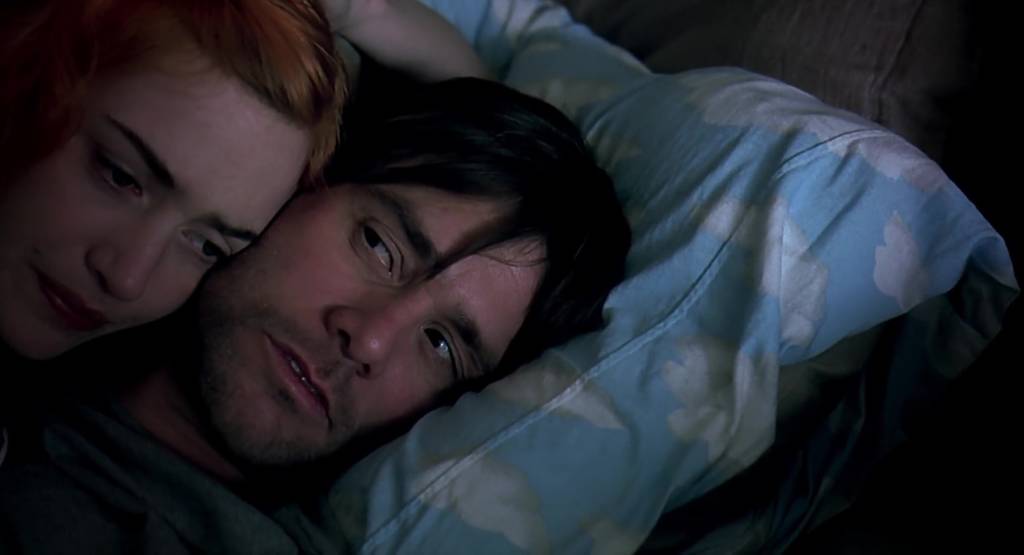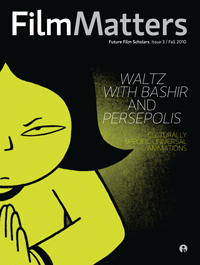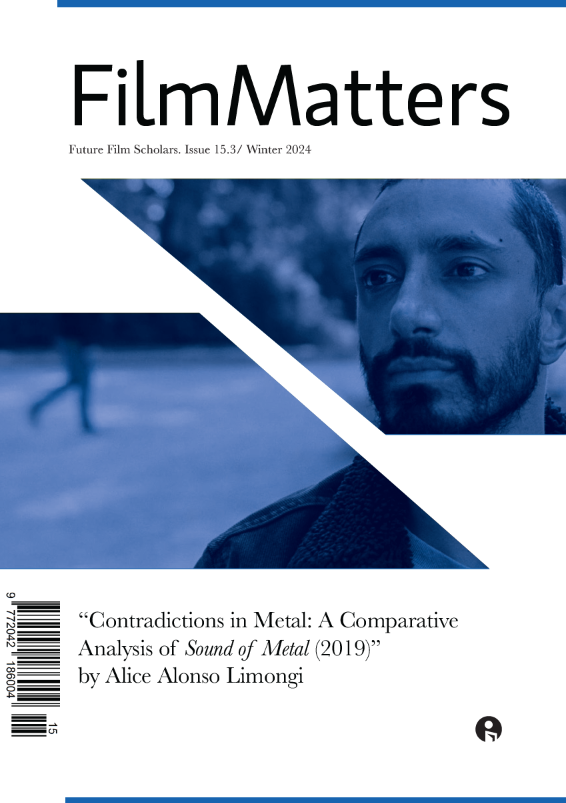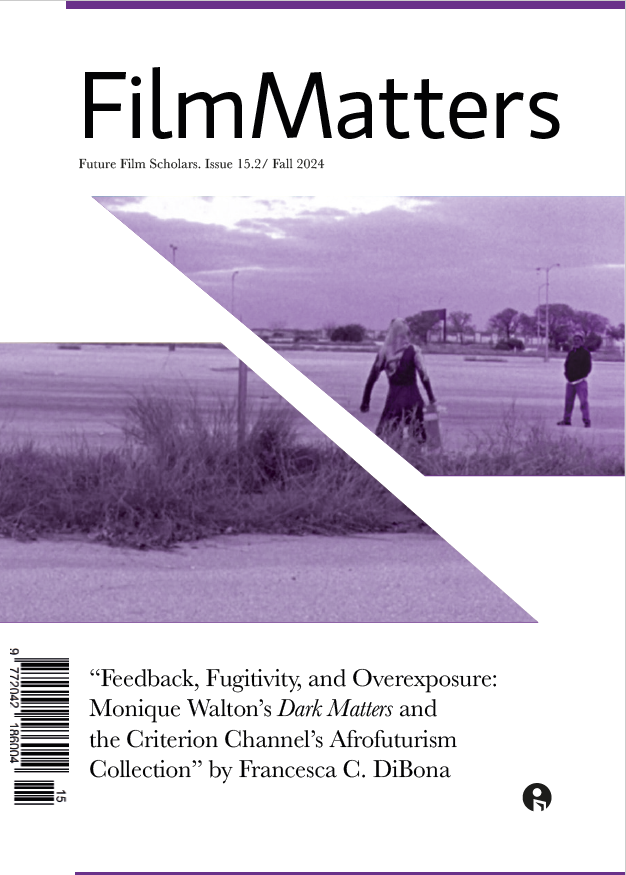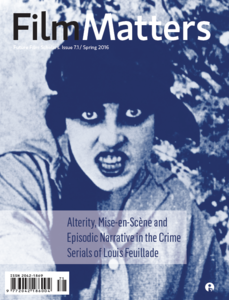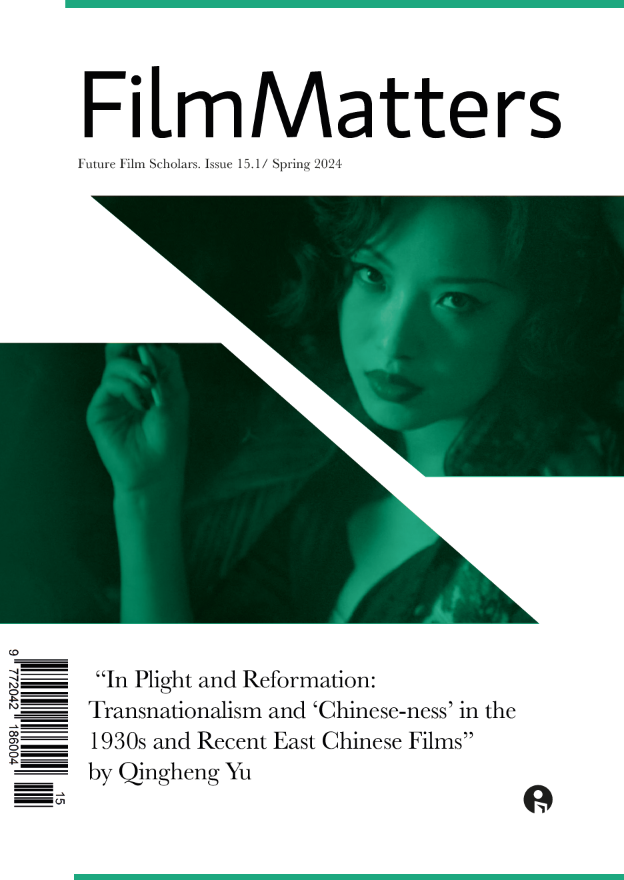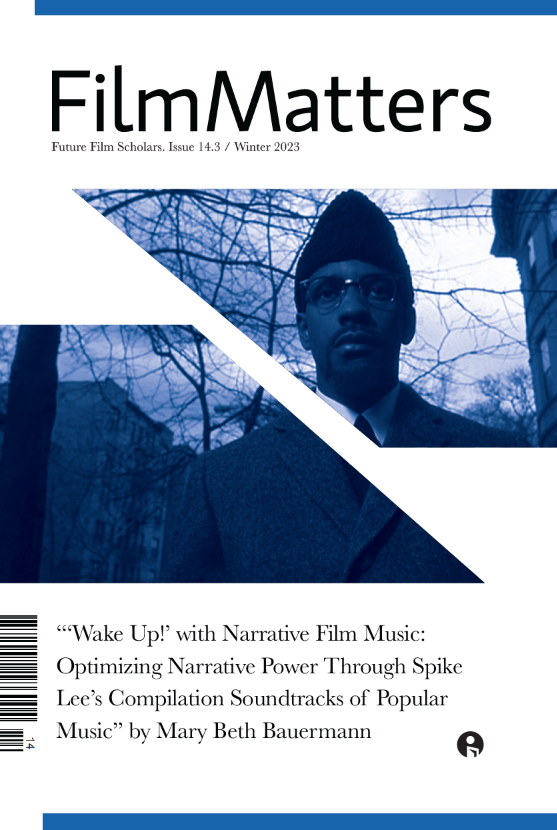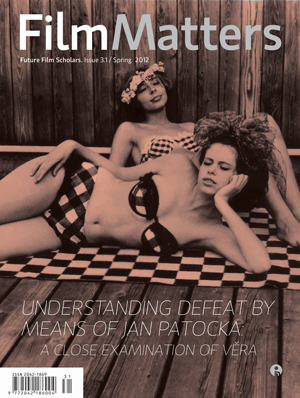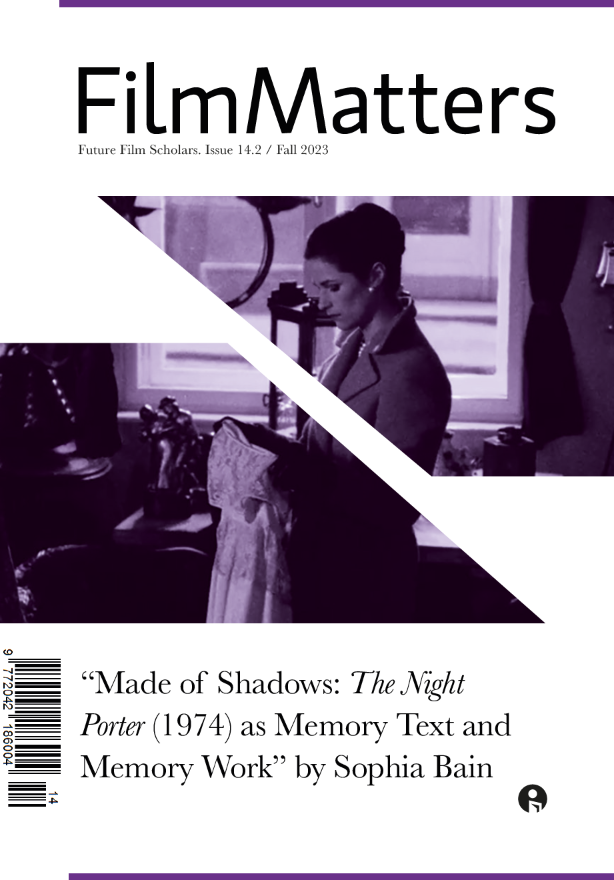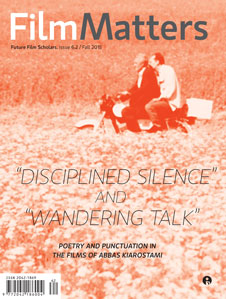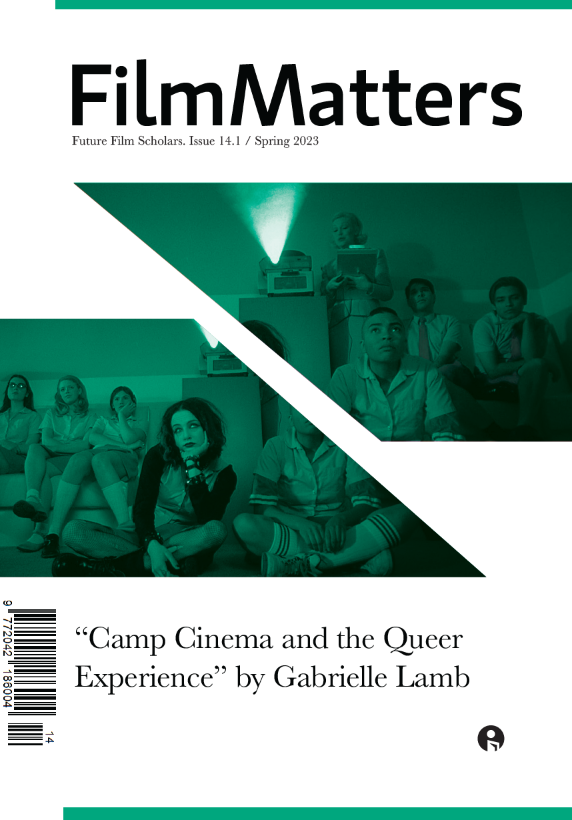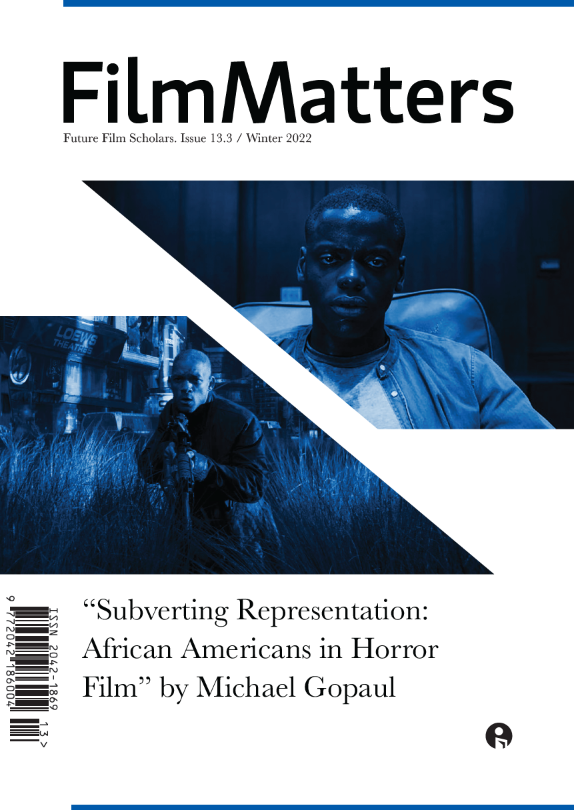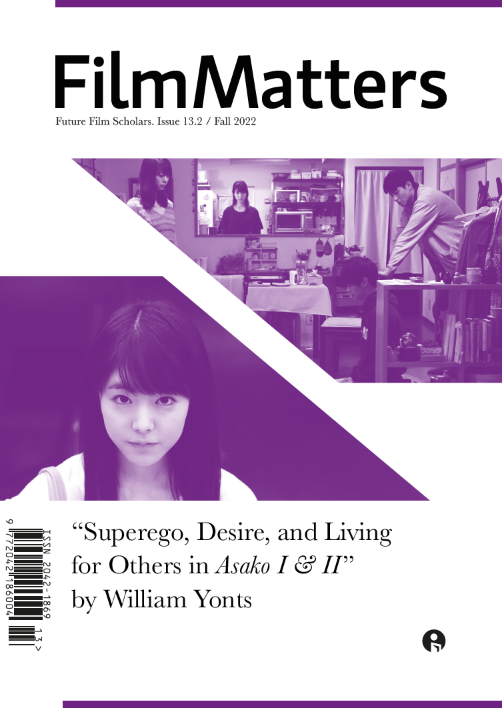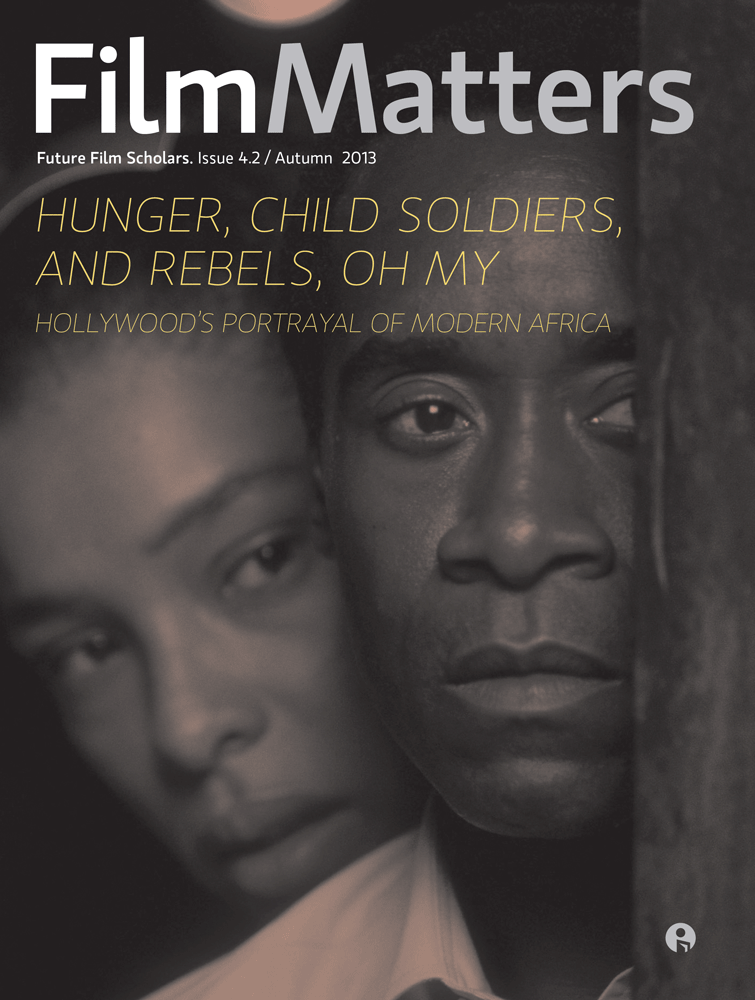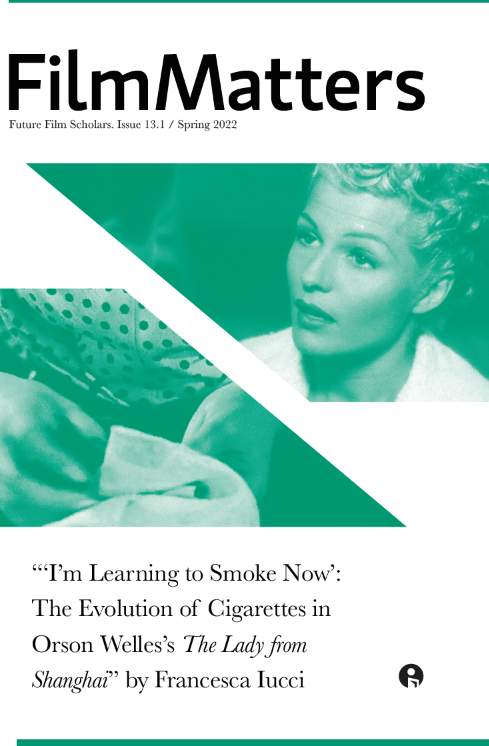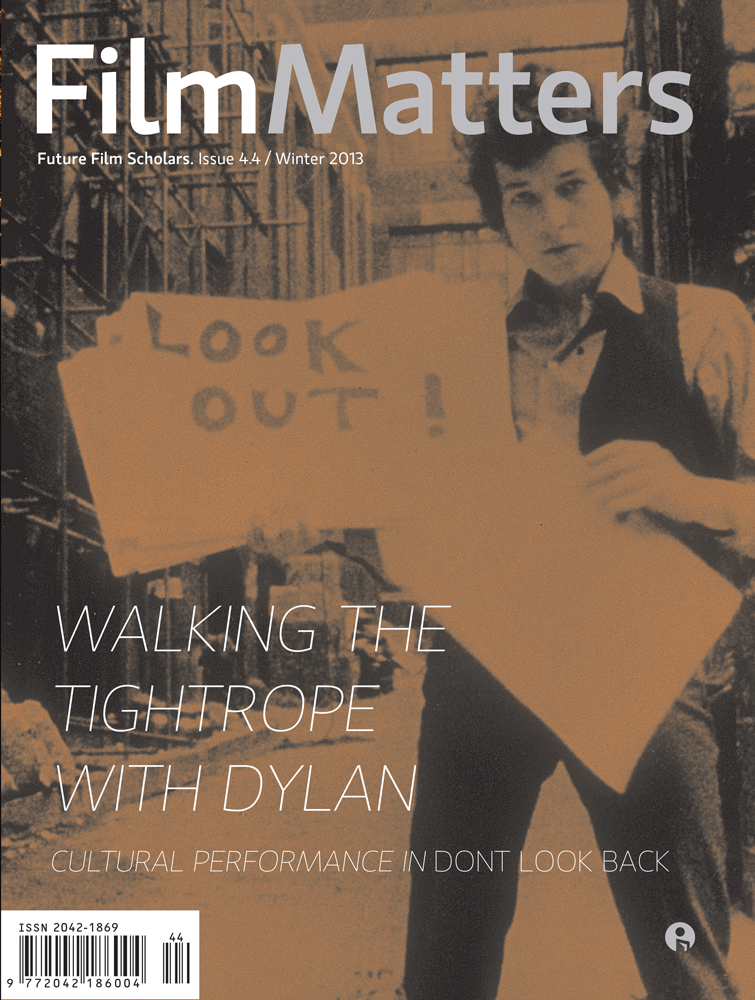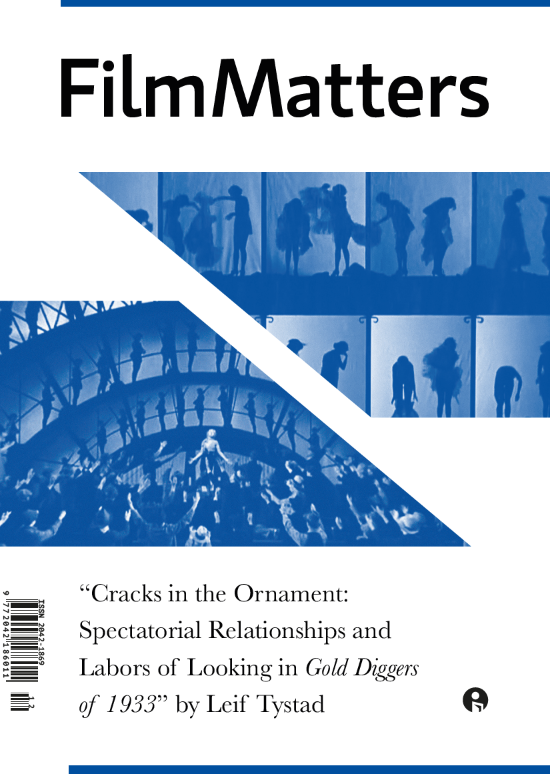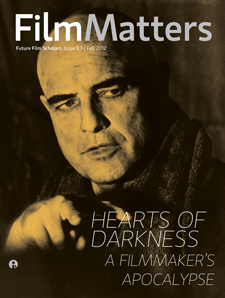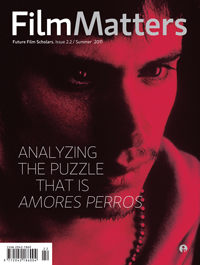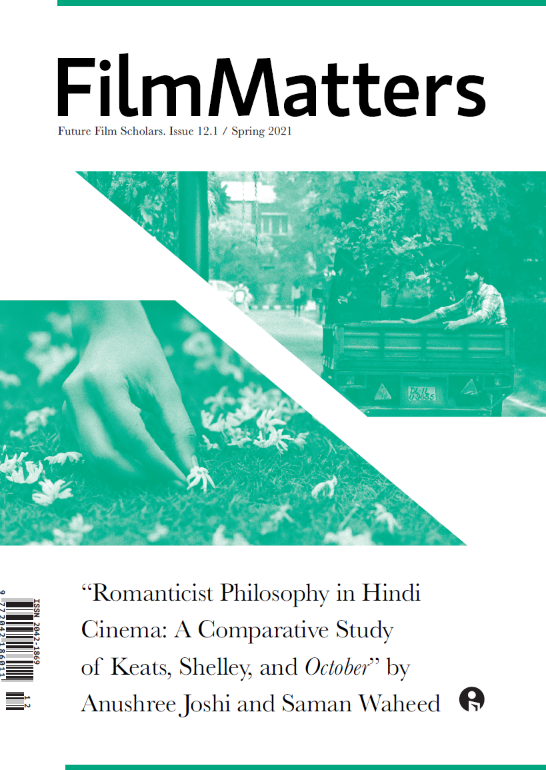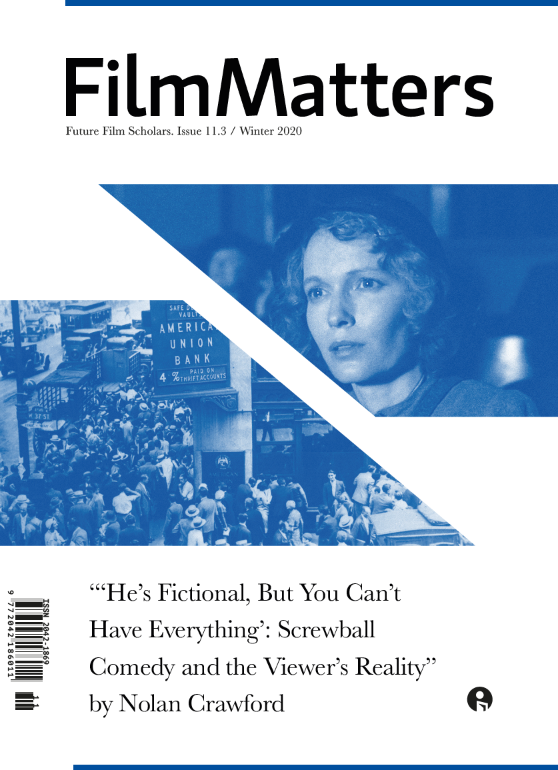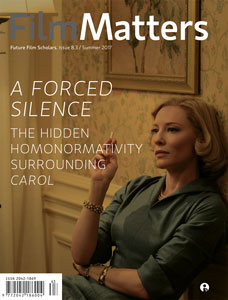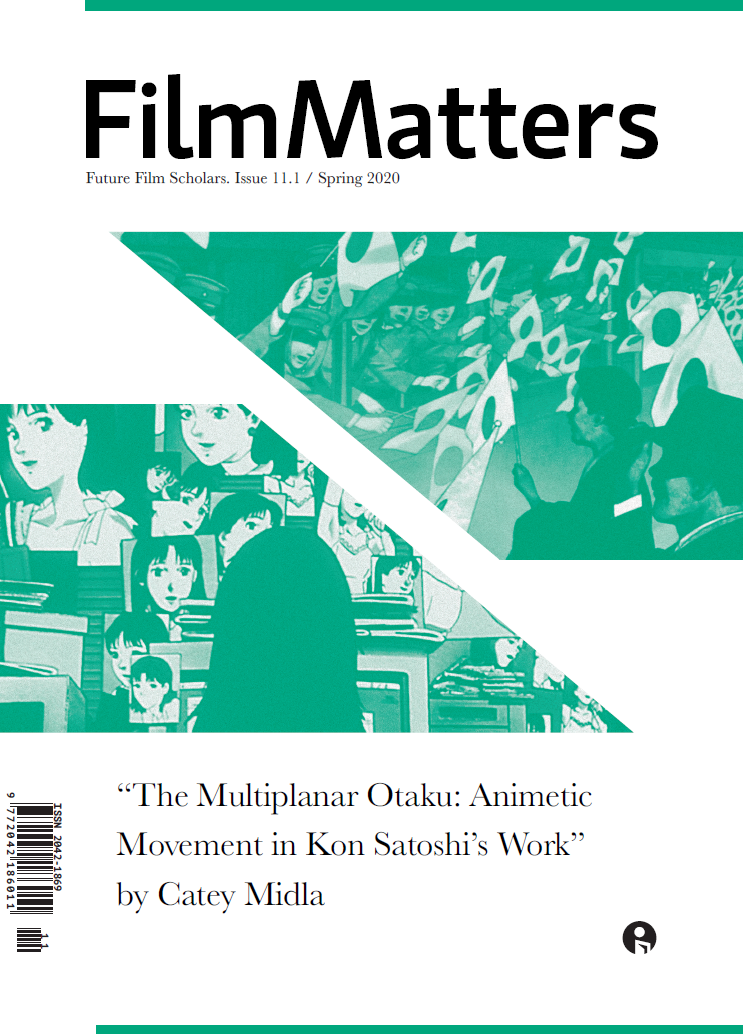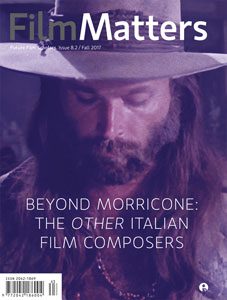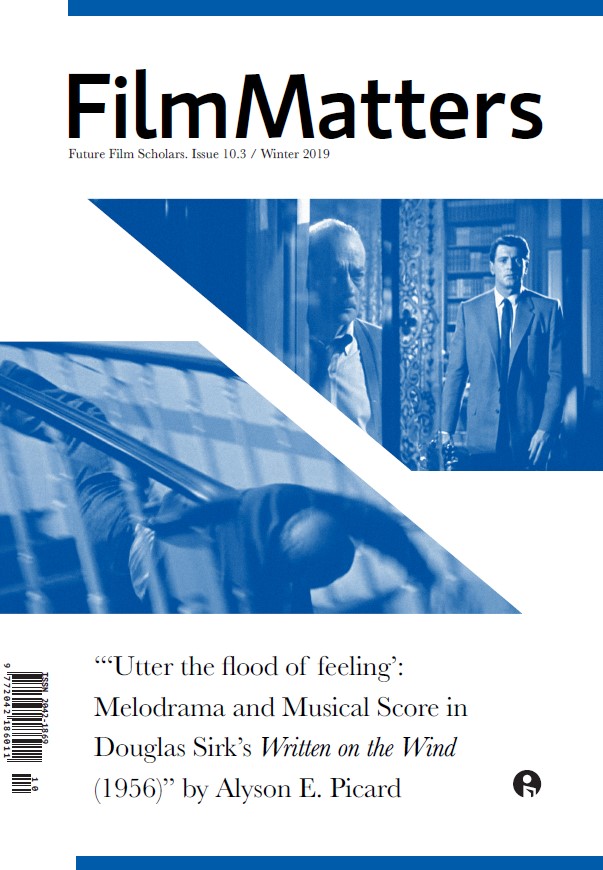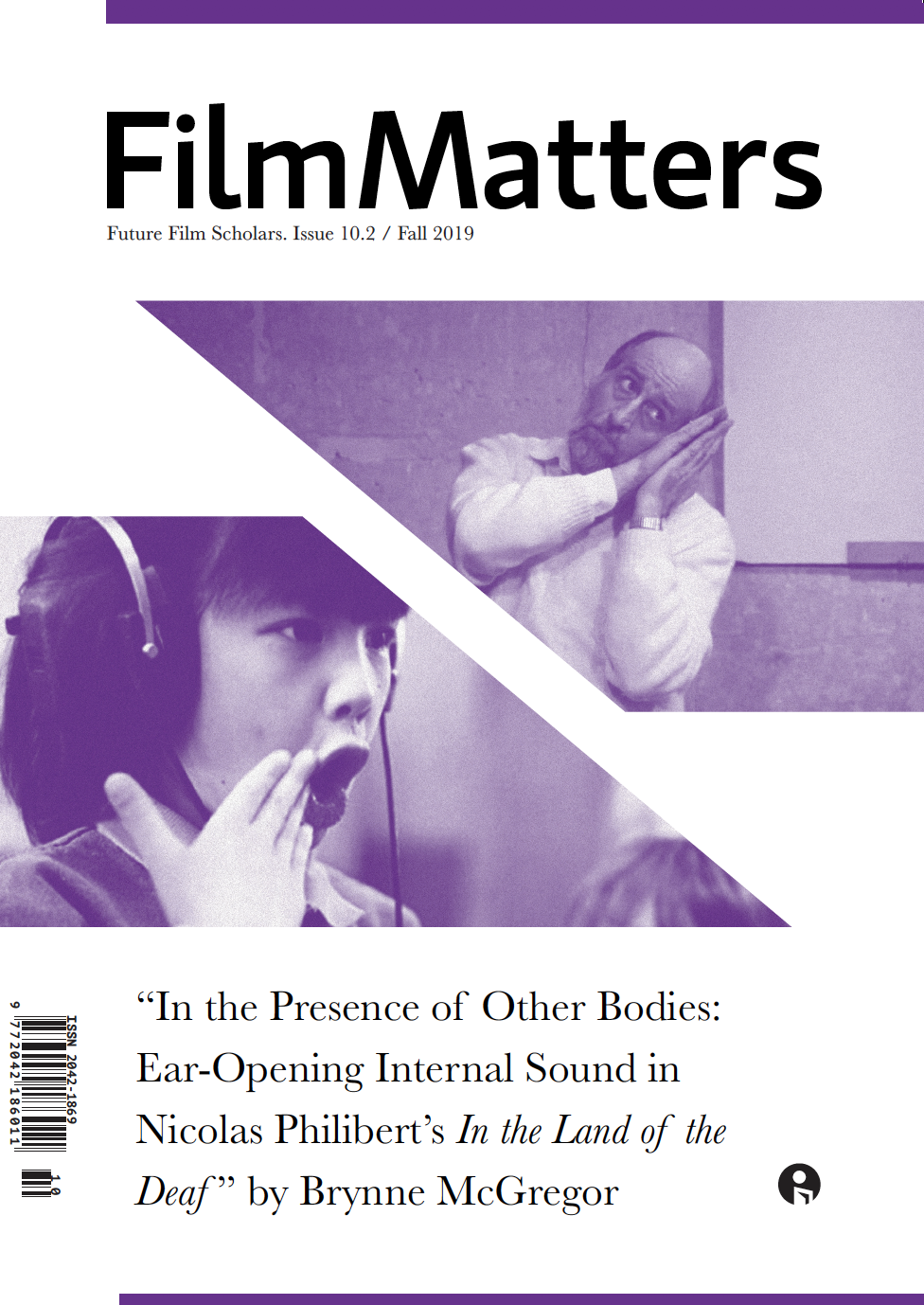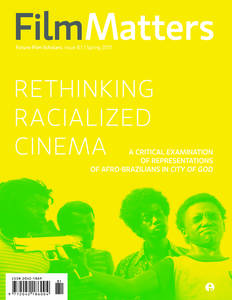Film Matters: Please tell us about your article that is being published in Film Matters.
Grant Brighter: This project examines an underdeveloped area of inquiry pertaining to the American avant-garde during the 1940s: the dynamic between the avant-garde and the commercial film industry as it relates to the mechanics of the human mind. Through formal analysis, I argue that Maya Deren’s Ritual in Transfigured Time exploits expectations instilled by commercial cinema to create anomalies in the audience’s perception of filmic time and space. This argument is derived from the schema theories of psychologists such as Frederic Bartlett, as well as Béla Balázs’s writings on“visual culture,” André Bazin’s notion of an evolving cinematic language, and Deren’s own writings on manipulating reality through the formal properties of film.
Close formal analysis of Ritual in Transfigured Time reveals the relationship between commercial cinema and individual perception. Through moments that seem to distort the spatial and temporal fabric of the film, Ritual suggests a viewer’s reliance on Hollywood-inspired schemata, in which motion indices are used to construct a cohesive fictional world from juxtaposed shots. For example, a sequence in the film cuts from a shot depicting a colonnade to a shot depicting an ocean shore.Due to the rightward movement of a woman in both shots, the viewer interprets this edit as one narrative moment despite the change in location (and the woman in the frame). Ritual highlights the ability of early American avant-garde cinema to reveal the social and psychological forces that influence how a film is understood, while also demonstrating how an individual’s perceptual reality is a subjective phenomenon produced by past experiences and cultural milieu.
Continue reading




